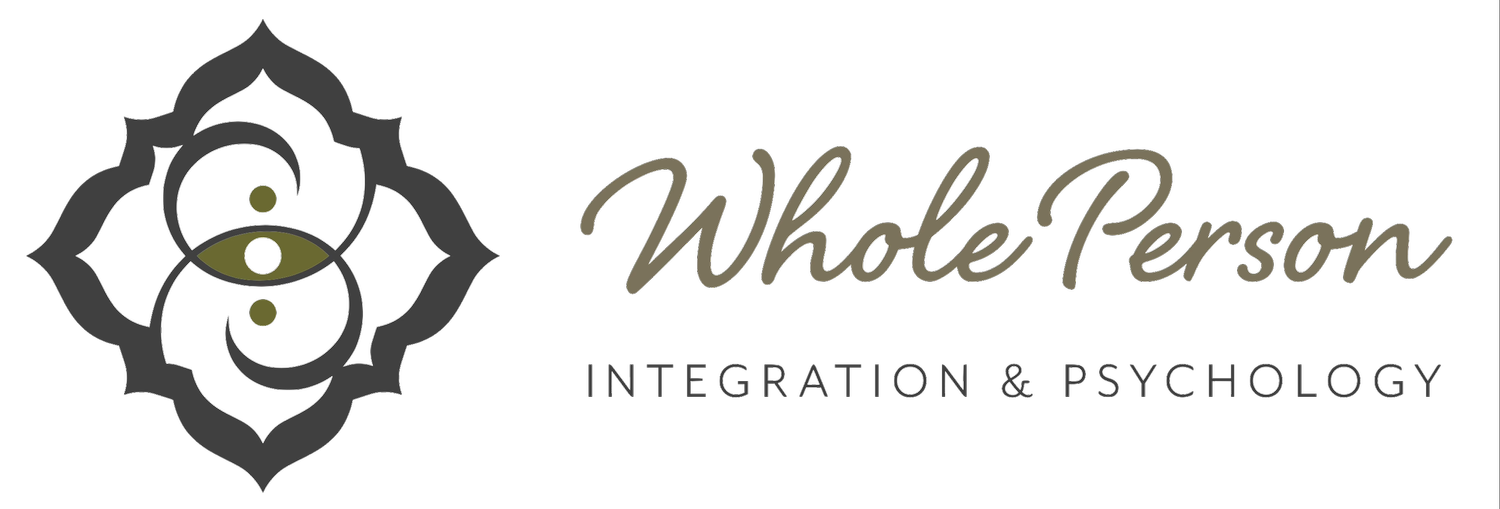Attachment vs. Love: Beyond the Honeymoon Phase
by Dr. Denise Renye
When we first fall for someone, everything feels intense, exhilarating, and magical. This is often the honeymoon phase, a time when our brains are flooded with dopamine and oxytocin, and our sense of possibility seems endless. We feel drawn to our partner in a way that feels all‑consuming. But while this stage is thrilling, it’s not the same as deep, enduring love.
Many people confuse attachment with love during this early stage. Attachment is the emotional bond that forms based on comfort, familiarity, and the instinct to connect. It’s what makes us want to call, text, and be near someone. But attachment alone can mask the deeper work required for a lasting partnership. Love, on the other hand, is expansive as it grows through understanding, patience, and sometimes even discomfort. Love asks us to see our partner fully, including the parts we may wish were different.
For some, attachment is intensified by emotional immaturity or unresolved trauma. Past wounds can create patterns where we are drawn to intensity or partners who trigger old dynamics you are familiar with and know (and most likely hate!). Emotional immaturity can make it hard to manage conflict, regulate emotions, or even see a partner clearly. Transferring thoughts, feelings, and expectations from a previous unresolved relationship onto a new partner can amplify these patterns, often creating distance, misunderstanding, and unnecessary conflict. Trauma can heighten fear of abandonment or make the early rush of the honeymoon phase feel like safety, even if the connection is not truly secure.
Why the Honeymoon Phase Can Be Misleading
In the honeymoon phase, it’s easy to overlook challenges or incompatibilities. The intensity of attraction can make even small annoyances feel insignificant. However, this stage is like looking through a rose‑colored lens: everything feels right because our brain chemistry is temporarily boosting our emotions and bonding responses.
The real test comes when the initial excitement begins to fade and everyday life sets in. Arguments about finances, boundaries, intimacy, or lifestyle preferences may surface. This is not a sign that love is gone, it’s a natural part of transitioning from infatuation to genuine connection. It’s also when underlying attachment styles or trauma‑based coping can appear.
Moving from Attachment to Love
To move from attachment to a grounded, resilient love, couples need to:
Face the uncomfortable – Conflict is inevitable, but it can be transformative. Learning to communicate openly without fear or avoidance strengthens trust and intimacy.
See each other fully – True love involves accepting both the strengths and flaws of your partner. This requires honesty, empathy, and curiosity about their inner world.
Regulate together – Being able to self‑soothe and support one another emotionally builds a secure bond beyond reactive attachment patterns.
Prioritize shared growth – Life will challenge you in ways you can’t predict. Couples who see growth and exploration as part of their journey together tend to deepen their connection.
Work with your past – Healing trauma and understanding emotional immaturity in yourself and your partner can prevent old patterns from sabotaging the relationship.
Love Is a Choice and a Practice
Attachment might make us cling, chase, or fear loss, but love requires conscious engagement. It’s a daily decision to show up, to care, and to be patient with both ourselves and our partner. The honeymoon phase is just the beginning as the real relationship starts when we choose to stay after the infatuation fades and navigate life’s complexities together.
Ultimately, couples can only truly know each other when they move past the initial intensity, confront emotional patterns, and build connection that is grounded in awareness, empathy, and resilience.
If you’re ready to explore how attachment patterns, emotional immaturity, or past trauma may be impacting your relationships, working with a skilled therapist or coach can help you build deeper, more secure connections. You can reach out to schedule a session or learn more about my approach by visiting Contact Me. Taking this step is an invitation to understand yourself and your partnerships more fully and to cultivate love that is grounded, resilient, and joyful.

